Dracaena Janet Craig: description and care
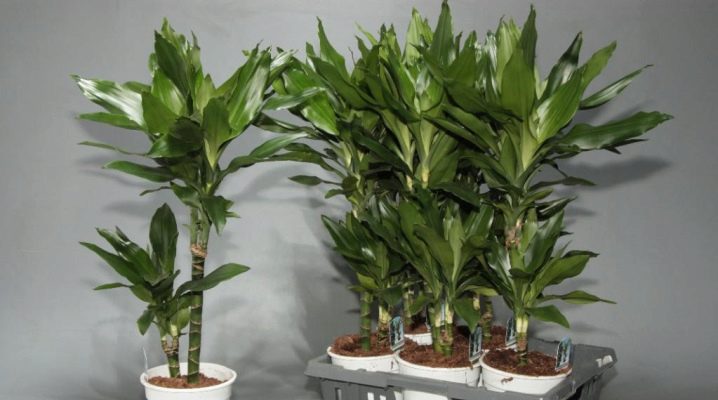
Among the whole variety of ornamental indoor plants, representatives of the Dracaena genus from the Asparagus family are deservedly popular with interior designers, florists and all lovers of potted flowers. The genus Dracaena has more than 100 varieties that are widespread in tropical and subtropical forests. They are characterized by a straight tree trunk and lanceolate dense leaves. In indoor conditions, dracaena bloom very rarely.
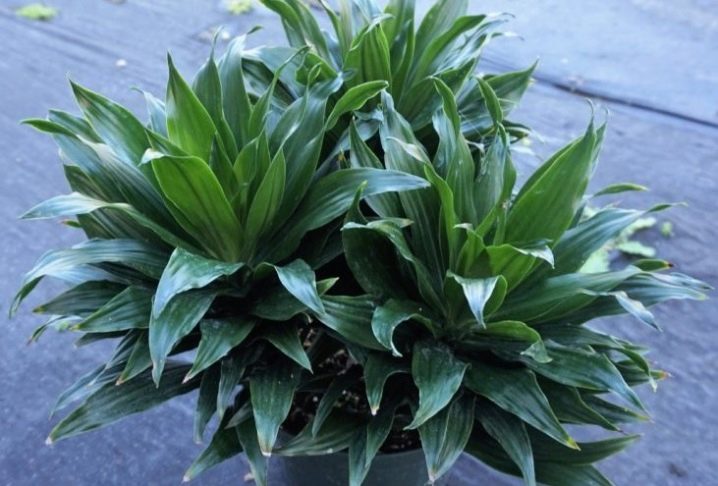
Description
Of all the varieties of this genus dracaena, Janet Craig is distinguished by a rich dark green uniform foliage color without grooves and blotches. The plant has, as a rule, one straight trunk 5–6 cm in diameter and can reach a height of 4 m. Dracaena grows with its top, therefore, as the height increases, old leaves fall off the trunk, leaving characteristic gray stripes.
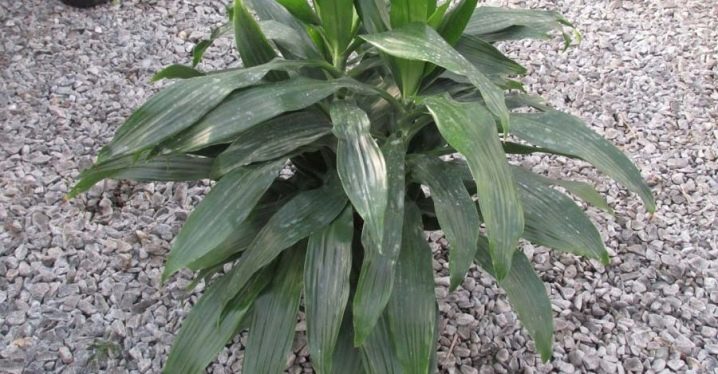
Home care
Despite the fact that Janet Craig's dracaena is home to the tropical forests of southeast Africa, it is unpretentious in care and is perfectly adapted to growing indoors in a sharply continental climatic zone. The plant should be watered as the soil dries up (it is recommended to loosen the soil before watering: the dry layer should be at least 2 cm).
Excessive watering for dracaena can be disastrous: the plant rots easily. In the autumn-winter period, watering can be reduced to 1-2 times a month, but the soil should be loosened at least once a week. The plant should be watered in a tray with settled water at room temperature. Regular spraying of the leaves should not be neglected. This is especially important if the air in the room is dry.

Spraying can completely replace watering during the winter months.
Temperature regime and feeding
Dracaena is not very sensitive to the temperature regime, but prefers cool rooms where the temperature does not rise above 20-22 ° С. But at temperatures below 15 °, the plant can easily die. This type of dracaena does not need good lighting.... On the contrary, in bright light, the plant often begins to hurt: the leaves wither, dry out at the edges, and yellow spots appear on them. But when transferred to a more shaded place, the dracaena regains its healthy appearance.
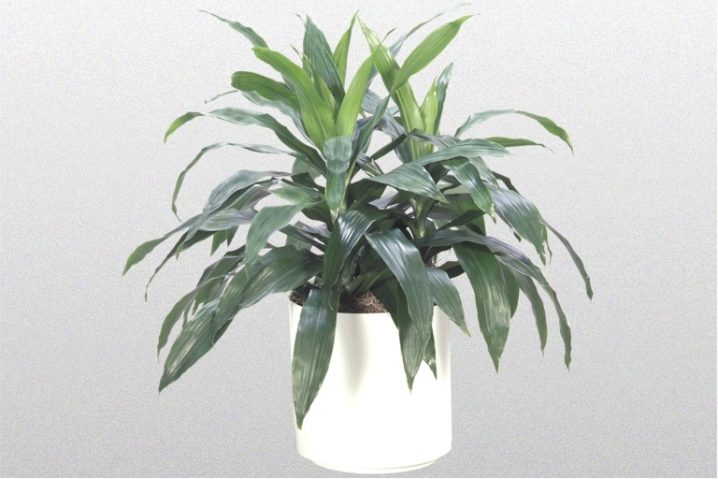
Like any houseplant, Janet Craig's dracaena requires regular fertilizing with mineral fertilizers during the period of active growth (from March to October). Any all-purpose fertilizer that can be purchased at a gardening store is suitable for this.
Their soil should be applied in accordance with the attached instructions.
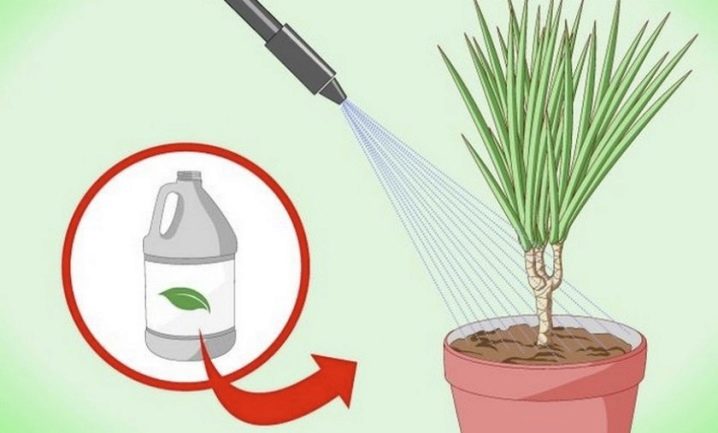
Pest control
Often, if all growing conditions are observed, signs of the disease are observed in dracaena: the leaves lose their attractive appearance and fall off. This is most likely due to small insect pests: spider mites, scale insects, thrips or aphids. At the first sign of the disease, dracaena should be quarantined, isolated from other flowers. Pests can be recognized by characteristic lesions on the leaves:
- spider mites leave characteristic rusty spots and white sticky cobwebs that cover the entire plant;
- scale insects feed on cell sap and leave brown plaques on the leaves;
- the presence of thrips can be identified by elongated white or light silvery spots;
- aphids form visible colonies of whitish or light green larvae.
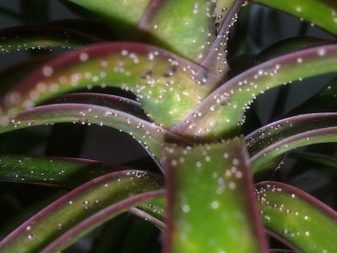
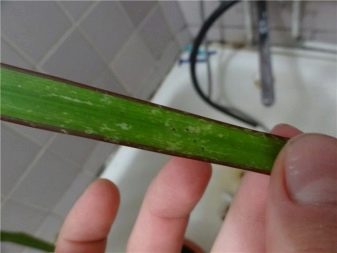

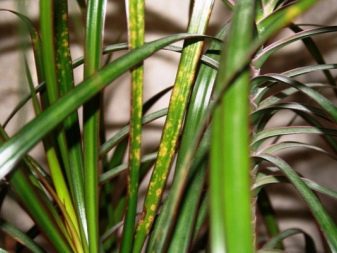
You can effectively fight parasites without the use of special drugs and chemicals. At the initial stage of infection, it is enough to remove the colonies with a damp sponge or an old toothbrush, and then treat the leaves with soapy water.
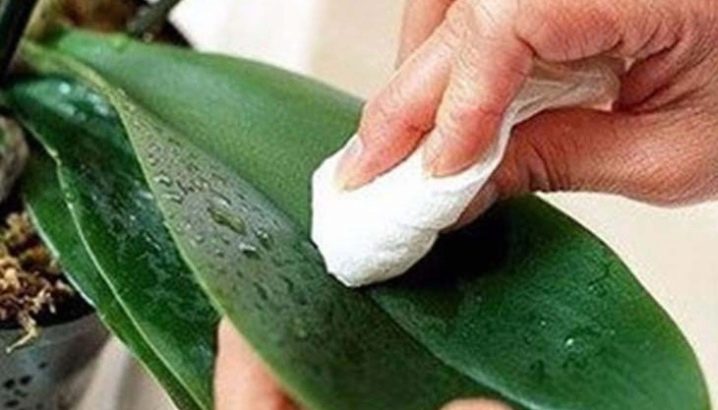
The procedure should be carried out 2 times a week until the plant is completely healed and once every 2 months for prevention.
Transfer
The first 3-4 growing seasons of dracaena is actively growing and needs regular transplants in a large container. Each subsequent container should be taken slightly larger than the previous one, so that the roots can adapt normally. Transplanting is best done in late February or early March, when the plant wakes up and enters the phase of active photosynthesis and vegetation. Drainage should be poured onto the bottom of the pot (about 1/6 of the total volume): expanded clay or small pebbles. A universal primer with the addition of sand, charcoal and vermiculite is suitable.
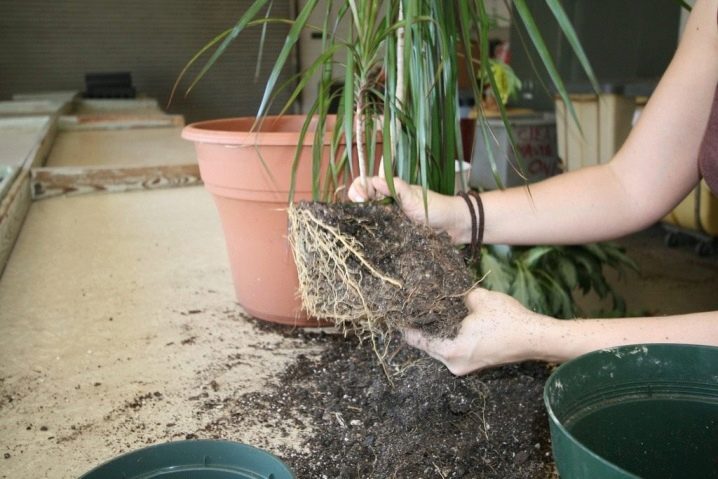
Before transplanting, the soil should be well moistened so that it subsides. The plant also needs to be well watered and removed from the pot entirely with the entire root system, then carefully, slightly freeing the roots from the old soil, transfer to a new pot, sprinkle with earth to the top and water again. The first time after transplanting, it is necessary to monitor the condition of the plant, to avoid drying out, hardening of the soil and low temperatures.
After the first 5 years of life, the dracaena should be transplanted every few years as the soil is washed out and depleted.
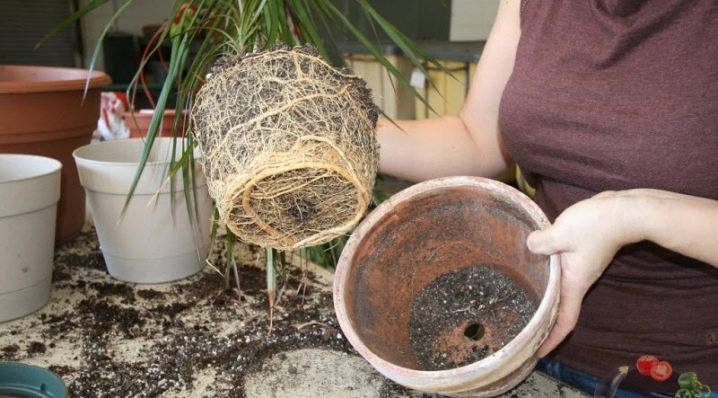
Reproduction
Under indoor conditions, dracaena reproduces well by cuttings. To do this, use the upper part of the stem with leaves. The stem is cut at a distance of 15–20 cm from the crown and placed in the ground. In this case, the stem with leaves is placed vertically, and fragments of the stem without leaves can be placed horizontally, sprinkling with earth in the middle. Then the 2 ends give rise to 2 new trunks.
A cuttings plant needs regular spraying (3-5 times a day) and regular abundant watering. And also it is necessary to ensure that bacterial contamination does not occur. To do this, the soil can be treated with ultraviolet light or an antibacterial solution before planting. It is best to carry out cuttings in early spring after feeding the plant with mineral fertilizers.
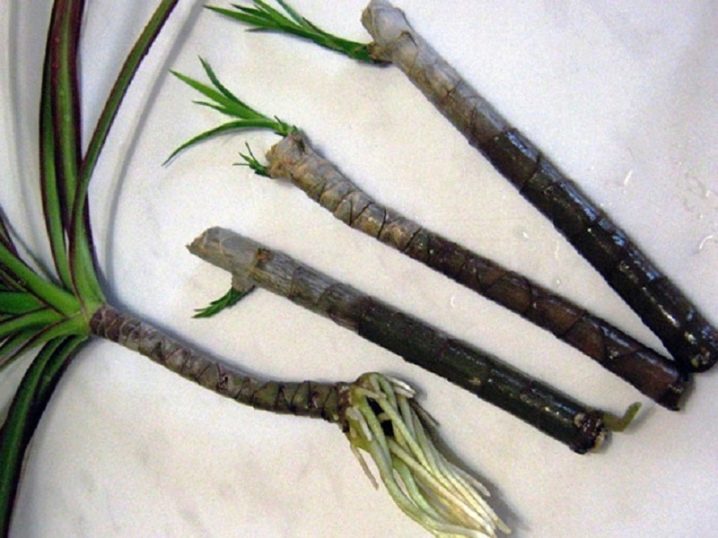
Interior use
Due to its large size, Janet Craig's dracaena is far from always convenient to keep in room conditions, but it is an excellent decoration for the interiors of offices, hospitals and other institutions. Dark greens look great against the background of white or any light walls, while it does not take up much space and does not need constant care, is tolerant of drafts, irregular watering and shading.
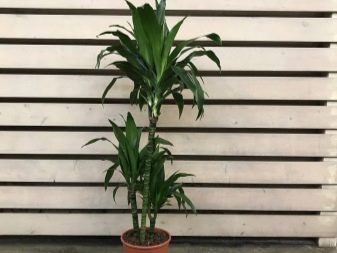
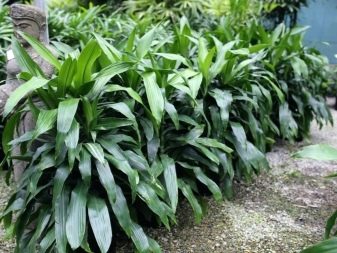
For information on how to cut the dragon tree and carry out further care, see below.




























The comment was sent successfully.